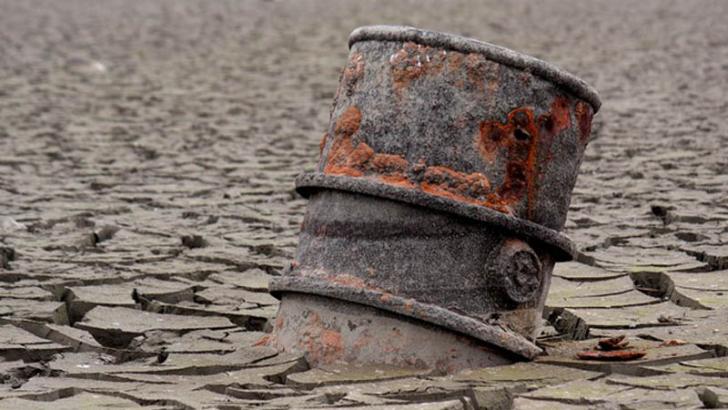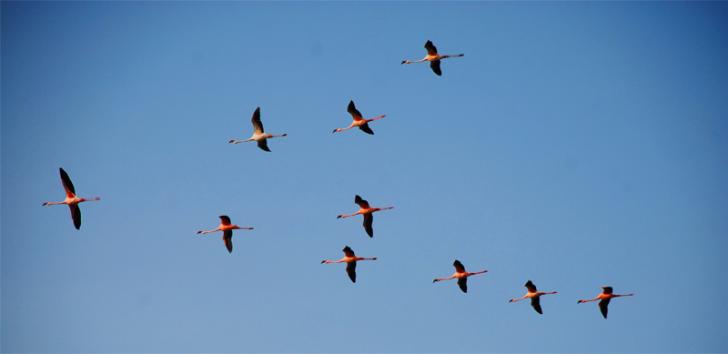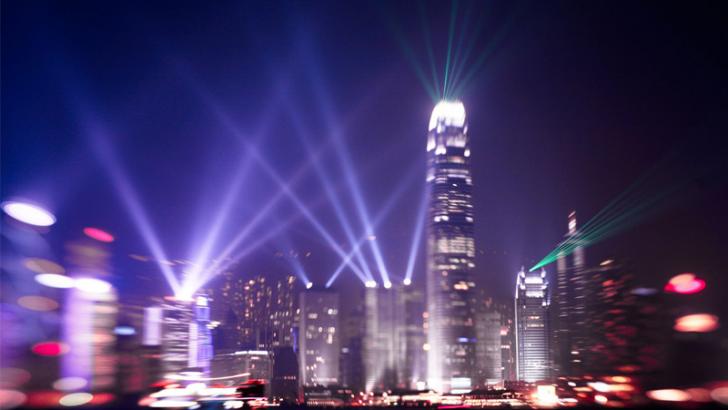Human beings never have to live in the dark anymore. Our surroundings are illuminated at night by various artificial lights. But with immoderate and extreme lighting use, we are faced with some damaging effects.
Light pollution refers to the excessive and unnecessary artificial lights that are introduced to the natural environment at night.
Light pollution or luminous pollution can have adverse consequences on the health and quality of life for human beings. It is also a major problem for nocturnal species.

Some interesting facts about pollution are as follows:
1. There are mainly five types of light pollution.They are
- Light trespass
- Skyglow
- Light clutter
- Glare
- Over-illumination
2. Human beings are diurnal species which means that we are evolved to function according to a biological clock of day and night. Light pollution disrupts this rhythm and consequently there are many health effects of light pollution such as sleep disorders, increased anxiety, headaches and fatigue.
3. Exposure to artificial light at night suppresses the natural production of melatonin.
4. Light pollution has been linked to breast cancer.
5. The International Dark Sky Association (IDA) located in the US estimates that more than 32 million oil barrels and 9 million tons of coal are wasted annually because of light pollution.

6. IDA also estimates that more than $1.74 billion dollars’ worth of energy resources are wasted in light in a year in the US.
7. Outdoor lighting consumes almost 120 terawatt hours of energy in a year in the US.
8. Light pollution disrupts the migratory pattern of certain species of birds.

9. Artificial lighting can disrupt the natural cycle of plants and trees.
10. The effect of sky glow in the city of Los Angeles can be seen from 200 miles away.
11. Street lighting contributes to 50% of the sky glow in urban areas.
12. Hong Kong has the worst case of light pollution in the world.

13. The night sky of Tsim Sha Tsui in Hong Kong is assumed to be brighter than a normal night sky by 1200 times.
14. In lakes, light pollution can prevent species of zooplankton from consuming surface algae which causes algal blooms. Consequently, plant life in the lakes is hampered and water quality is also affected.
15. Light pollution hinders the mating habits of fireflies.
16. Millions of sea turtle hatchlings die every year in Florida because of light pollution. They are attracted to artificial lights from the shore, away from the water.

17. Light pollution also contributes to atmospheric pollution. Nitrate radicals that help in control of smog are destroyed in excessive artificial lights which increases pollution in the atmosphere.